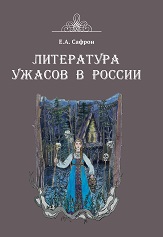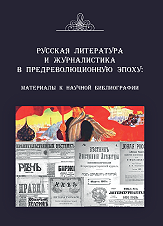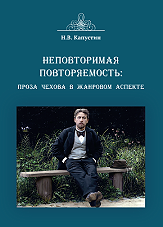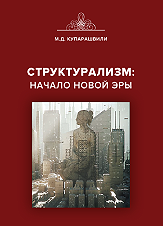Murtazaliev Akhmed M.,
Doctor of Philology, Chief Researcher
G. Tsadasy Institute of Language, Literature and Art
Dagestan Federal Research Center of the Russian Academy of Sciences
e-mail: ahmurt04@gmail.com
https://orcid.org/0009-0005-6210-6948
Nabigulayeva Marzhanat N.,
Candidate of Philology, Researcher
G. Tsadasa Institute of Language, Literature and Art
Dagestan Federal Research Center of the Russian Academy of Sciences
e-mail: nabmar2012@yandex.ru
https://orcid.org/0000-0002-2841-4665
The Middle Ages were an important stage in the development of the national history of the Avars. It was marked by the completion of work on improving the Avar writing system based on Arabic script — ajam. As a result, Avar verbal art underwent qualitative changes: a galaxy of talented masters of artistic expression appeared, literary monuments, poetic works, and compositions of various genres appeared in their native language. A striking reflection of these changes is the work of Hasan Kudali (1715–1795), one of the outstanding representatives of the Avar creative intelligentsia of the Late Middle Ages (second half of the 18th century). His poetic works reflected the main features and peculiarities inherent in the literature of the Avars of this period. In particular, these are clear signs of a departure from the orthodox and ascetic perception of the world around us, the assessment of personality in Muslim society, while maintaining the trend of religious traditions in the poetics of creativity. A distinctive feature of Kudali as a poet is the metaphorical nature of his thinking, the laconic design of words, which brings his poetry closer to folk aphoristic genres. This feature largely determined the choice of the main object of artistic understanding by the artist of the surrounding world — a person, an adherent of Islam. In turn, this gave the poet’s work a didactic character, expressed by a moralizing, educational and moralistic orientation.
Keywords: poetry, problematics, didacticism, Islam, Hasan Kudali
References
1. Gamzatov G.G. Dagestan: dukhovnoe i khudozhestvennoe nasledie: kontseptual’nyi, mirovozzrencheskii i nravstvennyi aspekty. Makhachkala: DNTs RAN, 2004. 544 s.
2. Ad-Durgeli N. Uslada umov v biografiiakh dagestanskikh uchenykh: dagestanskie uchenye X–XX vv. i ikh sochineniia. Makhachkala: Mardzhani, 2012. 440 s.
3. Abdurakhman iz Gazikumukha. Kniga vospominanii Saiiida Abdurakhmana, syna ustada, sheikha tarikata Dzhamaludina al-Khusaini o delakh zhitelei Dagestana i Chechni / per. s arab. M.-S. Saidova. Makhachkala: Dagestanskoe knizhnoe izd-vo, 1997. 647 s.
4. Chupalav iz Igali. Stikhotvoreniia. Makhachkala: MRIP “Iupiter”, 1996. 112 s. (Na avar. iaz.)
5. Khaibullaev S.M. Istoriia avarskoi literatury XVII–XVIII vekov. Makhachkala: Delovoi mir, 2007. 655 s.
6. Alibekova P.M. Persidskii iazyk i literatura v Dagestane (kul’turno-istoricheskii kontekst). Makhachkala: Sadra, 2022. 304 s.
7. Starshii Gasan iz Kudali / sost. M. Khalimalov, Karimulla-khadzhi iz Gonoda. Makhachkala: DNTs RAN, 2008. 102 s. (Na avar. iaz.)
8. Khulasat al-mavaiz / sost. Khadzhi-Abdullakh, syn Akhmada iz Chokha. Temir-Khan-Shura: Tipografiia M. Mavraeva, 1236 [1908]. 218 s. (Na avar. iaz.)
9. Kitab dzhami al-khukuk bi lugat gazikumuk / sost. Khadzhi-Abdullakh, syn Akhmada iz Chokha, per. Yusup iz Kuma. Temir-Khan-Shura: Tipografiia M. Mavraeva, 1328 [1910]. 186 s. (Na avar. iaz.)
10. Ravd al-akhbar bi lisan tsudakhar / sost. Mukhammad, syn Abdulaziza iz Khadzhalmakhi. Temir-Khan-Shura: Tipografiia M. Mavraeva, 1331 [1913]. 87 s. (Na avar. iaz.)
11. Gamzatov G.G. Literatura narodov Dagestana dooktiabr’skogo perioda: tipologiia i svoeobrazie khudozhestvennogo opyta. Moscow: Nauka, 1982.





.png)







